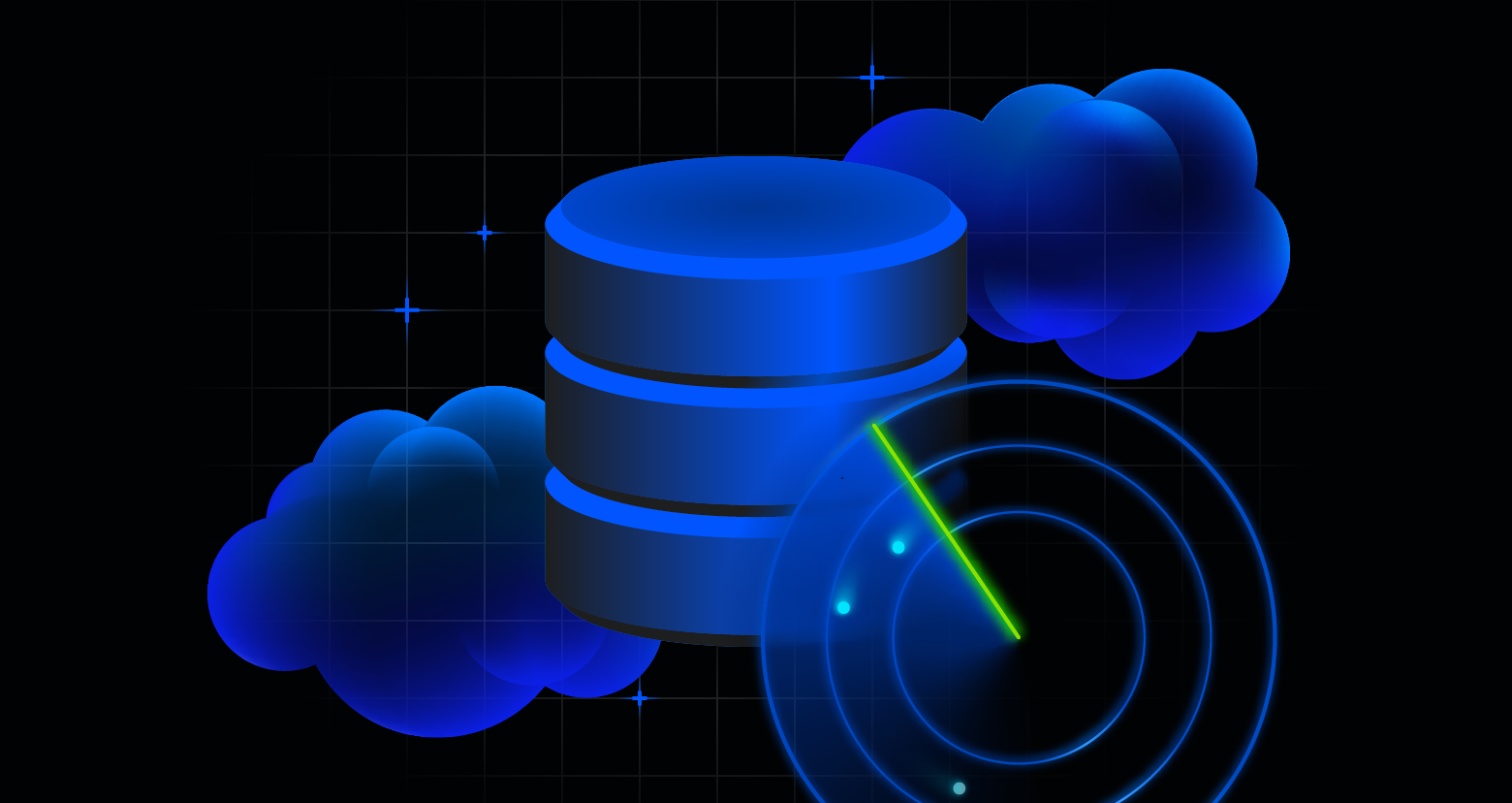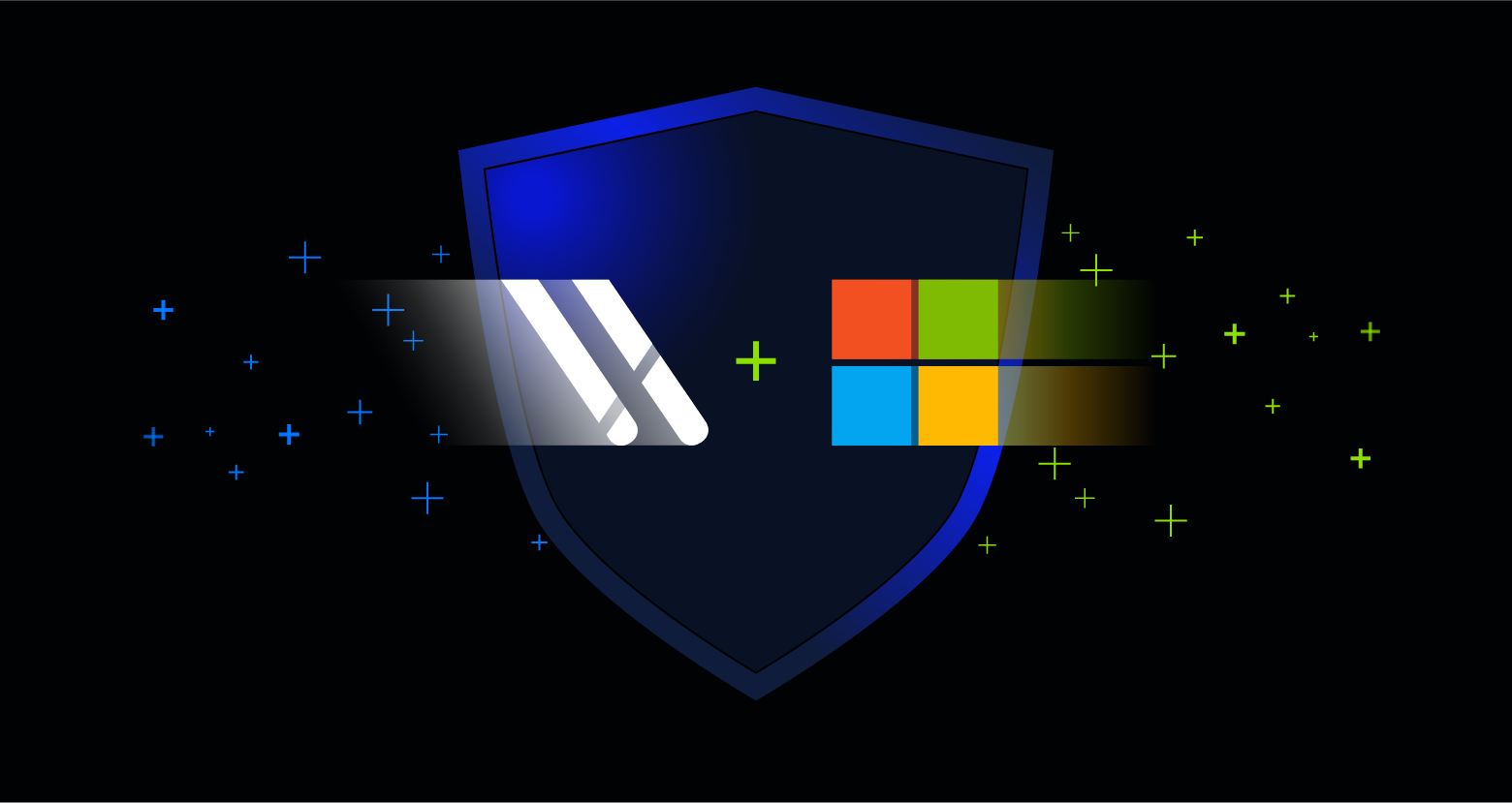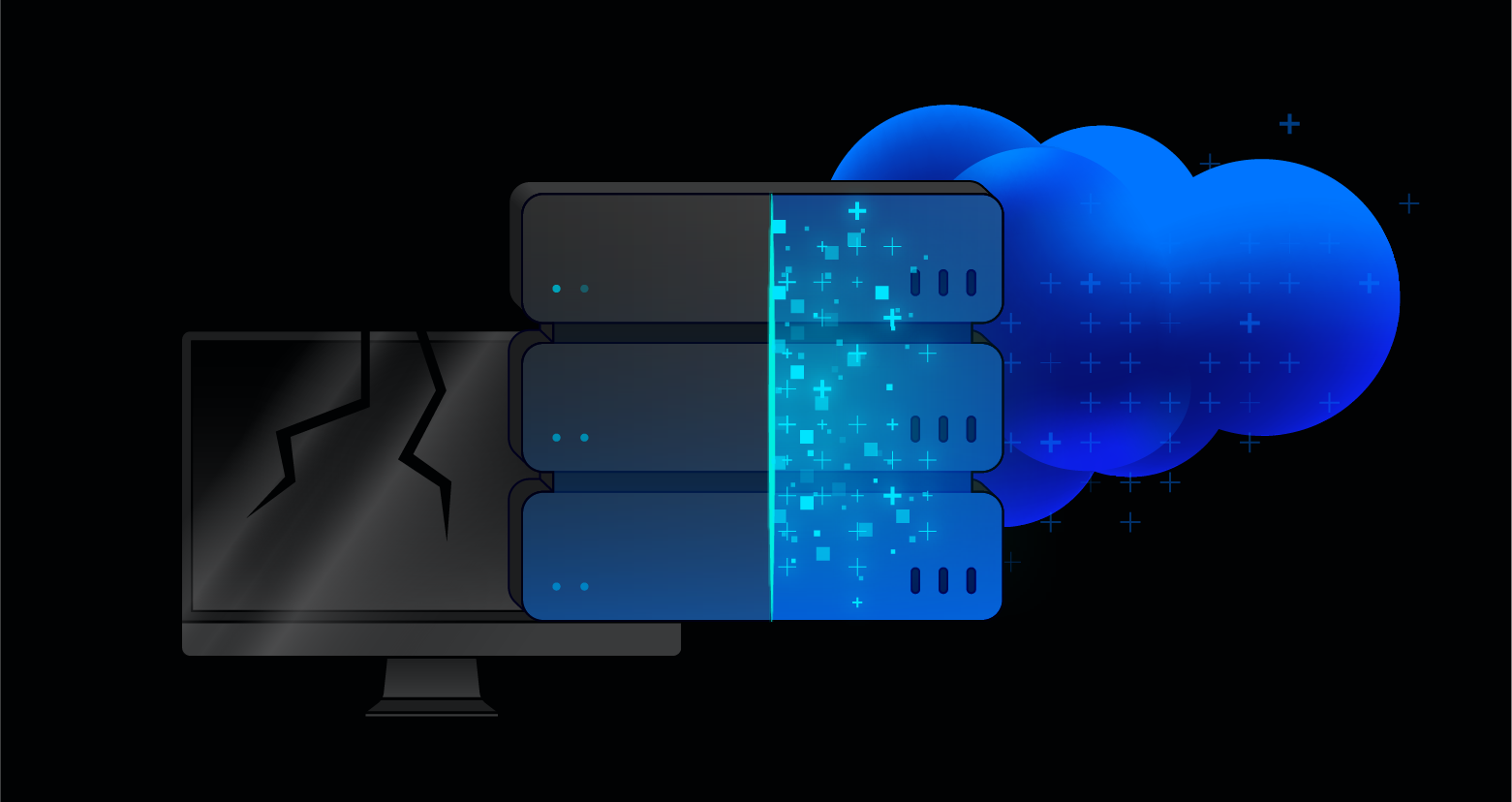Database Activity Monitoring (DAM) is any solution that actively monitors and analyzes database activity. It’s critical to an organization’s data security strategy, helping teams detect unauthorized access, prevent data exfiltration, and meet compliance requirements. DAM tools are multipurpose for threat detection, forensic investigations, access control, and regulatory reporting.
Why DAM matters in 2026
The volume of stored data and the complexity of securing databases are growing exponentially. Regulatory scrutiny intensifies, and cloud-native applications must operate in increasingly complex environments. Databases now serve various applications and business operations, and access must be tightly controlled to meet policy and compliance standards. AI is now a force multiplier for exposure.
Modern tooling lowers the cost of reconnaissance and social engineering while creating more access paths to sensitive data via automated agents, pipelines, and integrations. At the same time, organizations have shifted from single‑vendor, on‑prem databases to hybrid, multi‑cloud, and fully managed services, where native audit capabilities are inconsistent and often delayed — eliminating the possibility of real‑time prevention. Regulators have responded with stricter disclosure rules and higher penalties, making verifiable, immutable audit trails and rapid, evidence‑based response table stakes.
Traditional DAM solutions often fall short in cloud environments, where databases are consumed as managed SaaS services. There’s no infrastructure access, no place for agents, and no network layer to tap. Instead, DAM must intercept queries at the data endpoint and forward them asynchronously to an external service like Splunk.
Database activity monitoring overview
Most databases don’t log all activity by default. When they do, those logs are often stored inside the database, leaving them vulnerable. If an attacker gains access to credentials with write permissions, they can simply delete the evidence of their intrusion.
For example:
DELETE FROM audit_log WHERE user_id = 'attacker';
The ability to edit logs is why native logging can’t be trusted as a source of truth. Logs can be truncated or manipulated, making it impossible to determine whether a breach occurred or how it happened. Security teams can’t conduct forensic investigations without reliable activity data, notify affected users, or identify how attackers gained access.
DAM solves this by capturing and forwarding database activity to an external, immutable system, such as a Security Information and Event Management tool (SIEM) or forensic service, ensuring the audit trail remains intact and tamper-proof. This visibility is foundational for compliance mandates like PCI DSS, HIPAA, and SOX and for responding to breach events quickly and precisely.
DAM enables organizations to observe database activity in real time, essential for understanding how data is accessed and by whom. This visibility is foundational for compliance with mandates like PCI DSS, HIPAA, and SOX, and for responding to breach events quickly and precisely.
To preserve evidentiary integrity, activity should be written to immutable storage (e.g., WORM/S3 Object Lock) with cryptographic hashing/attestation and clear retention policies. This ensures a defensible chain of custody for audits and investigations. While scheduled replications (cron) can help with reporting, they introduce gaps when transfers fail, logs are purged, or events occur between cycles — making them insufficient for reliable detection and forensics.
Security teams increasingly need to conduct forensic investigations to notify affected users and identify how attackers gained access. This has led many organizations to adopt DAM solutions that record all database query activity, enabling post-mortem analysis and proactive threat detection.
Deployment models and performance trade-offs
DAM can be deployed in several ways, each with trade-offs:
Agent-Based Monitoring
Agent-based DAM involves installing software agents directly on database servers. It offers deep visibility into query-level activity, including user context and application behavior. Since it operates within the host environment, it can capture encrypted traffic and support real-time alerting and policy enforcement. However, it adds compute and network load to every query, which can degrade database performance — especially under high transaction volumes. It also requires updates and compatibility checks with database versions and OS patches, and managing agents across a large fleet of databases can be operationally intensive.
Network-Based Monitoring
This method uses network taps or packet capture (PCAP) to inspect traffic between applications and databases. It is non-intrusive, requiring no software installation on database servers, and is easier to deploy across heterogeneous environments with a centralized monitoring architecture. On the downside, it may miss encrypted traffic (e.g., TLS) unless SSL decryption is enabled. It cannot always correlate queries with specific users or applications and may not reveal internal database activity such as stored procedures or scheduled jobs.
Scheduled Replication (e.g., Cron Jobs)
This approach periodically copies logs or audit tables from databases to a central monitoring system. It is lightweight and straightforward to implement, has no impact on live query performance, and is helpful for compliance reporting and historical analysis. However, security events may go unnoticed until the next replication cycle, data gaps can occur if replication fails or logs are purged prematurely, and it is unsuitable for environments requiring immediate response to threats.
Real-time asynchronous forwarding
Asynchronously, the most effective DAM solutions forward database activity in near real time. This ensures that query execution isn’t delayed by logging operations.
/**
def intercept_query(query, user_context):
log_entry = {
"query": query,
"user": user_context["username"],
"timestamp": datetime.now()
}
send_to_siem_async(log_entry)
execute_query(query)
This Python function intercepts and logs user queries with context and timestamp for SIEM monitoring before execution.
Agentless, stateless interception (cloud/managed-first)
Intercept queries at the data endpoint or via a lightweight inline proxy, sidecar, or gateway that forwards enriched telemetry asynchronously to analytics or forensics. It works with managed databases where host or network access isn’t available, produces consistent enriched telemetry (identity, sensitivity, environment) across on-prem and cloud, and introduces minimal operational drag since DB hosts have no agents to install or patch. However, it requires a high-availability design and negligible latency in the data path, must support heterogeneous grammars and protocols (SQL, NoSQL, streams) and normalization at scale, and needs clear patterns for fail-open versus fail-closed and backpressure handling.
SaaS analytics with private, lightweight collection
With a lightweight collector, raw data remains inside your environment while leveraging SaaS analytics for detection, correlation, and reporting. This simplifies upgrades and analytics so teams can focus on risk reduction rather than tool maintenance. It is privacy-first, keeping raw data in your tenant. At the same time, only telemetry and features flow to the SaaS plane, making it easier to standardize detections and dashboards across multi-cloud estates. However, it requires clear data egress boundaries, tenancy isolation, and encryption in transit and at rest, and must align with data residency, sovereignty requirements, and legal hold policies.
Discover what no one’s telling you about DAM with this video.
Cloud-native data activity monitoring
Legacy DAM tools were built for SQL-based, on-prem databases. But today’s data is heterogeneously distributed across SQL, NoSQL, and topic-based repositories. Introducing a “thick” interception layer can severely impact performance. What’s needed is a “thin” layer that operates in real time, with negligible latency, and supports modern database grammars and protocols.
Next-gen DAM should normalize telemetry across heterogeneous stores — relational, document, key-value, columnar, analytics warehouses, and streaming/topic platforms — and work natively with managed databases where network taps and agents aren’t viable. This is especially critical in cloud environments, where infrastructure is abstracted, and traditional host- or network-based monitoring methods are impractical or impossible.
A thin, real-time interception layer that adds negligible latency and enriches events with identity and sensitivity context is essential to preserve performance while maximizing fidelity. In cloud-native architectures, this approach ensures compatibility with managed services, scales across distributed environments, and aligns with modern operational models — making it the most effective and sustainable path forward for database activity monitoring.
Varonis Next-Gen DAM
Varonis Next-Gen DAM is built for data-driven organizations operating across on-prem and managed cloud databases. It delivers agentless, high-fidelity telemetry with low friction, correlating identity, data sensitivity, and behavior to detect and contain risk in near real time — without imposing performance trade-offs on database hosts.
Why it’s different:
- Unified context: classification + identity + activity + analytics, so you know who accessed what data, when, and why.
- Agentless, stateless interception: consistent coverage across relational, NoSQL, and streaming systems, including managed services where agents or PCAP aren’t viable.
- Simplified architecture: SaaS analytics paired with private, lightweight collection keeps raw data in your environment while standardizing detections and dashboards.
- Automated remediation: dynamic masking, adaptive policy enforcement, and just-in-time elevation to reduce blast radius quickly.
FAQs about database activity monitoring (DAM)
What is database activity monitoring, and why is it important?
DAM is a security technology that observes and analyzes database activities in real time. It helps organizations identify unauthorized access, detect suspicious behavior, and protect sensitive data. DAM is crucial for maintaining regulatory compliance and minimizing performance impact.
How does DAM differ from traditional security approaches?
DAM continuously monitors all database transactions, including SELECT queries and administrative actions. Unlike traditional audit logs, it operates independently and stores data externally, preventing tampering— even by privileged users.
What key capabilities should an effective DAM solution provide?
A strong DAM solution should monitor all database activity without degrading performance, normalize logs across database types, enforce separation of duties, prevent log tampering, and support real-time alerting. Integration with identity management and data classification tools is also essential.
What common database attributes should be monitored?
DAM tools should track CPU and memory usage, connection statistics, user sessions, query performance, resource pools, buffer cache details, deadlocks, and system/user errors. These metrics help identify performance bottlenecks and potential security issues.
How does DAM help reduce blast radius, not just detect threats?
DAM enables usage-based rightsizing and time-bound elevation by continuously tying activity to resolved corporate identities and tracking permission usage. Automated controls—such as dynamic masking and policy enforcement—can limit access in the moment, shrinking the scope of potential exfiltration even if credentials are compromised.
What data elements should a high-fidelity DAM record for forensics and UEBA include?
Capture identity and session details (principal, mapped identity, auth method, MFA, session ID), client/app context (source IP/device, workload identity, environment), query semantics (type, affected objects, result sizes), sensitivity metadata (classification labels, owner), and control-plane events (grants/revokes, schema changes, failed logins). Store these immutably with hashing and retention policies to preserve the chain of custody.
How does DAM work with managed cloud databases where agents and PCAP aren’t possible?
Use agentless, stateless interception at the endpoint or via a lightweight gateway/sidecar that observes queries, enriches them with identity and sensitivity, and forwards telemetry asynchronously to analytics. This approach avoids host agents and packet capture, minimizes latency, and provides consistent provider coverage.
What automated responses are safe to use (and when)?
Start with low-risk automations such as dynamic data masking for sensitive fields and step-up authentication on anomalies. For higher-risk events, apply policy enforcement (rate limiting, block patterns) and just-in-time elevation for verified tasks. Pair automations with clear triage workflows so meaningful risk is escalated and noisy signals are suppressed.
What should I do now?
Below are three ways you can continue your journey to reduce data risk at your company:
Schedule a demo with us to see Varonis in action. We'll personalize the session to your org's data security needs and answer any questions.
See a sample of our Data Risk Assessment and learn the risks that could be lingering in your environment. Varonis' DRA is completely free and offers a clear path to automated remediation.
Follow us on LinkedIn, YouTube, and X (Twitter) for bite-sized insights on all things data security, including DSPM, threat detection, AI security, and more.







